The Learning of the Green
Follow on to the rest of my ramble if you want my opinion of the book.
As I have said I was surprised at how compelling and easy a read the book was. There was some language I had to think about, but the biggest hurdle was pronouncing the Irish names. Luckily the book has a small pronunciation guide in the back for just such emergencies.
I say that the title is a bit of a misnomer. The book covers the time from the beginning of the fall of the Western Roman Empire up through the Middle ages of
The book covers a time in history that is seldom examined in a work. Usually the
The story the book tells is awe inspiring in its scope and the extremely short time frame it covers. I have never read a book that covered this period in history. I always wondered why so many of the images of great gospels and manuscripts from the Middle ages contained such obvious Celtic influence in their flamboyant adornment. It’s because most of them were copied by Irish or Irish taught scribes and monks.
One of the things that makes the book a joy and interesting is that it is told by means of examining and following the literature of the day, because that is truly what was saved by the Irish. Cahill almost rejoices and sings the praises of all the people that helped save much of the writings of
As you can tell I really enjoyed the book and would recommend it to anyone who enjoys history, literature, or religion studies. I have to say that the book taught me something as well. I have always found myself to be different, strange or weird in my thoughts, actions, logic, point of view, thirst for knowledge of all types, distrust of elitist experts, and ability to find humor in any situation, and I never knew where it came from or why I felt different. After reading this book I know why. With the exception of the outbursts of emotion, I’m friggin’ Irish. And you know, I couldn’t be happier.


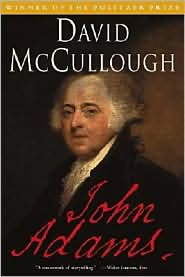
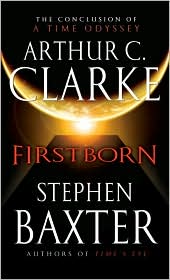
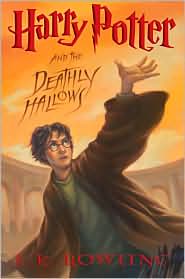
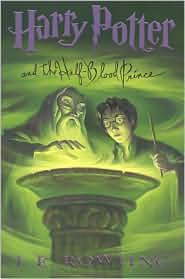
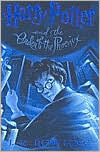

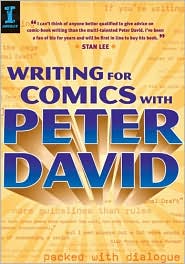
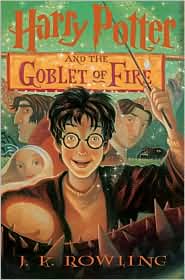
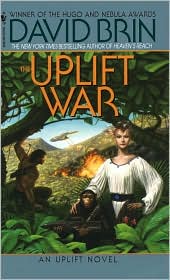
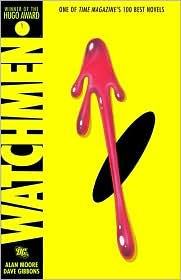

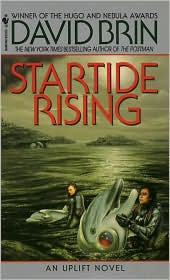



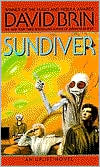



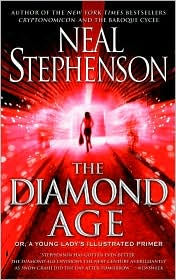








0 Comments:
Post a Comment
<< Home